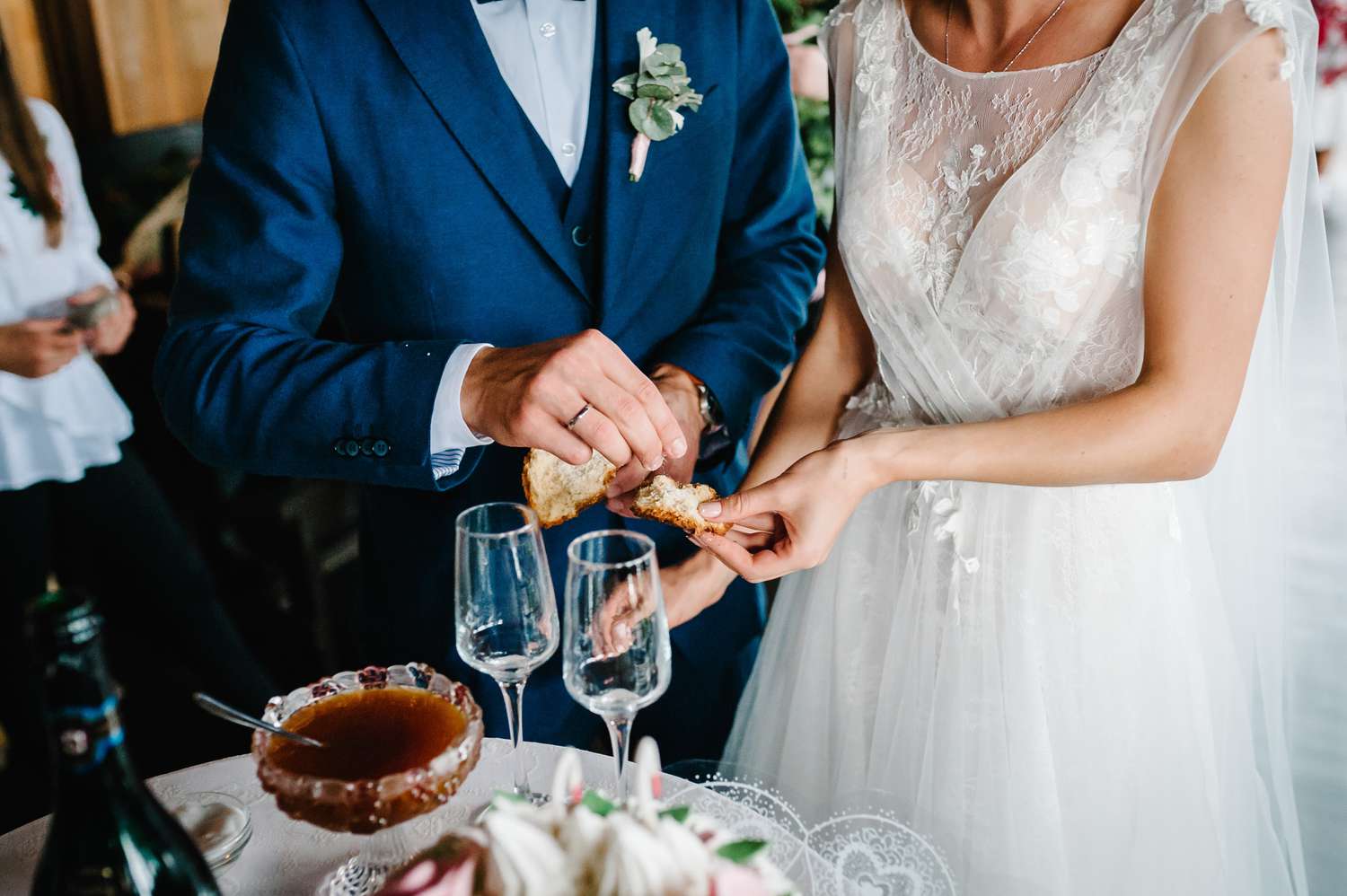politicalphishing.com – In an increasingly globalized world, love knows no boundaries, transcending cultural divides to unite hearts from the East and West. Asian-Western marriages are a testament to this universal truth, embodying the rich tapestry of human connection that thrives on mutual respect and understanding. This article delves into the narratives of couples who have successfully navigated the complexities of intercultural relationships, offering insights into the challenges and joys of such unions.
The Journey of Intercultural Love
Couples from diverse backgrounds often face unique challenges, from language barriers to differing cultural expectations. Yet, many find that these obstacles only strengthen their bond, as they learn to communicate effectively and appreciate each other’s heritage. The journey of intercultural love is one of growth, compromise, and the blending of traditions to create a unique family identity.
Overcoming Cultural Misconceptions
One of the first hurdles in Asian-Western marriages is overcoming stereotypes and misconceptions. Couples must work together to educate their families and friends about their partner’s culture, dispelling myths and fostering an environment of acceptance. This process not only enriches their relationship but also contributes to a broader cultural exchange within their communities.
Blending Traditions and Celebrations
Asian-Western couples often find creative ways to honor both their cultural backgrounds in their marriage ceremonies and family celebrations. From incorporating traditional Chinese tea ceremonies into Western wedding receptions to celebrating Christmas alongside Lunar New Year, these blended traditions reflect the couple’s commitment to preserving their heritage while embracing a new shared identity.
Navigating Family Dynamics
Family dynamics can be particularly complex in intercultural marriages. Couples must navigate differing parental expectations, communication styles, and even living arrangements. Successful navigation of these dynamics requires patience, empathy, and open communication, ensuring that both partners feel supported and valued within the extended family structure.
The Role of Language and Communication
Language plays a crucial role in any relationship, but it is especially significant in intercultural marriages. Couples often find themselves learning each other’s languages, which not only facilitates communication but also deepens their connection. Effective communication strategies, such as active listening and cultural sensitivity, are essential for navigating the nuances of language and expression.
Raising Children in an Intercultural Home
Raising children in an intercultural home presents its own set of challenges and opportunities. Parents must decide how to teach their children about both cultures, ensuring that they grow up with a strong sense of identity and respect for diversity. This often involves a balanced approach to education, traditions, and language, preparing children to thrive in a multicultural world.
Conclusion
Asian-Western marriages are a beautiful reflection of the world’s diversity, offering valuable lessons in love, acceptance, and unity. By sharing their stories, these couples inspire others to look beyond cultural barriers and embrace the richness that comes with intercultural relationships. As society continues to evolve, the tales of these unions serve as a reminder that love is a universal language that knows no bounds.
